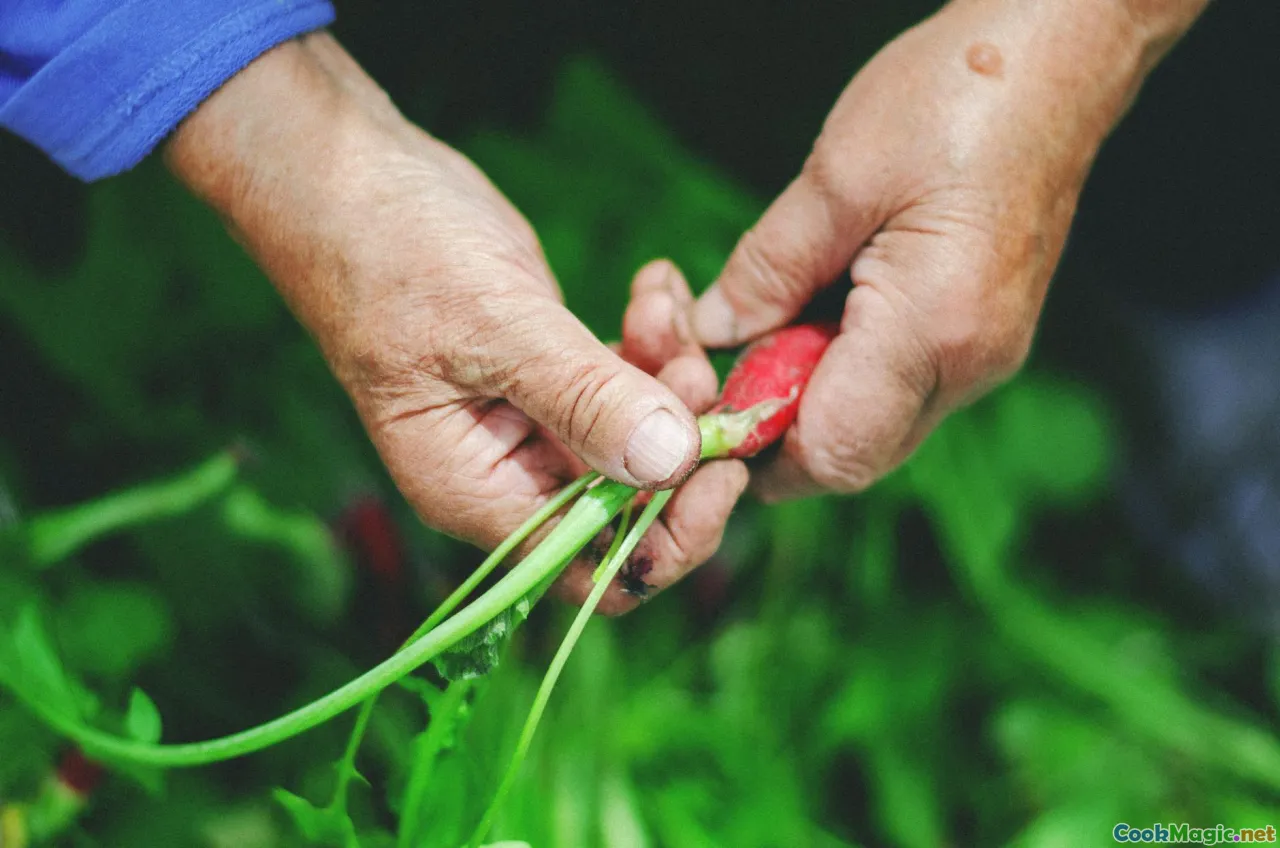Regenerative Agriculture Practices for Chefs
6 min read Discover how regenerative agriculture transforms sourcing practices, enhances flavor, and promotes food ethics for conscious chefs worldwide. May 15, 2025 09:00
Regenerative Agriculture Practices for Chefs
Imagine a plate where every bite not only delights your senses but also contributes to healing the earth. This is the transformative promise of regenerative agriculture—a set of farming practices that restore and enhance the health of our soils, ecosystems, and communities. For chefs committed to culinary excellence and environmental stewardship, understanding and integrating regenerative principles can redefine sourcing, flavor, and responsibility.
The Awakening: Why Regenerative Agriculture Matters
In a world grappling with climate change, biodiversity loss, and soil degradation, regenerative agriculture emerges as a beacon of hope. Traditional farming often depletes soil nutrients, relies heavily on chemical inputs, and contributes to carbon emissions. Conversely, regenerative practices aim to reverse these trends, fostering resilient ecosystems that produce nutrient-dense, flavorful ingredients.
A Personal Reflection: I recall my first encounter with a regenerative farm—the rich, dark soil beneath my fingertips, teeming with life. The carrots pulled from that earth had a sweetness and crunch unlike any supermarket variety. That experience ignited my passion for sourcing ingredients that are not only sustainable but also invigorated with vitality.
The Principles of Regenerative Agriculture
1. Soil Health as the Foundation
Healthy soil is the cornerstone of regenerative farming. Practices such as cover cropping, no-till farming, and composting build soil organic matter, improve water retention, and foster microbial diversity. For chefs, ingredients grown in such soil develop deeper flavors and richer textures.
2. Biodiversity and Polyculture
Crop diversity reduces pest pressures naturally and creates resilient ecosystems. Integrating herbs, flowers, and varied vegetables can produce a vibrant palette of ingredients for seasonal menus.
3. Holistic Livestock Management
Integrating animals into farming systems—rotational grazing, for example—mimics natural ecosystems, promoting nutrient cycling and soil fertility. Chefs can benefit by sourcing ethically raised meats and dairy with complex flavors.
4. Water Stewardship
Regenerative farms prioritize water conservation through rainwater harvesting, contour planting, and wetlands. Ingredients from such farms often have superior freshness and moisture content.
5. Community and Ecosystem Health
Supporting local regenerative farms fosters community resilience and reduces food miles, ensuring ingredients are fresh, seasonally appropriate, and ethically produced.
Practical Applications for Chefs
Sourcing with Intent
- Build Relationships: Partner with local regenerative farms, co-ops, and farmers committed to soil health.
- Seasonality & Flavor: Embrace seasonal menus that highlight ingredients at their peak, often richer in flavor due to regenerative practices.
- Transparency: Educate your team and guests about the provenance and farming methods behind ingredients.
Menu Design & Innovation
- Celebrate Imperfections: Fruits and vegetables from regenerative farms may vary in size or shape but excel in taste.
- Diverse Plates: Incorporate a variety of textures and colors that mirror biodiversity—think heirloom tomatoes, vibrant microgreens, and earthy root vegetables.
- Fermentation & Preservation: Use traditional techniques to preserve seasonal bounty, aligning with sustainable practices.
Kitchen Practices
- Zero Waste: Use every part of the ingredient—stems, leaves, peels—to honor the integrity of regenerative products.
- Minimal Processing: Let the natural flavors shine with simple preparations that respect ingredient integrity.
Case Studies: Inspiration from the Field
Blue Hill at Stone Barns
This pioneering restaurant sources almost exclusively from their own regenerative farm, showcasing how farm-to-table can be a regenerative act. Their menu changes with the seasons, emphasizing flavor and ecological health.
Noma (Copenhagen)
Renowned for its focus on local, seasonal ingredients, Noma has embraced regenerative principles by collaborating with farmers practicing holistic land management, resulting in dishes that tell a story of land regeneration.
Challenges and Opportunities
While regenerative agriculture offers numerous benefits, challenges such as scalability, knowledge transfer, and economic viability remain. Chefs can play a vital role by advocating for policy changes, supporting farmer education, and creating demand for regenerative ingredients.
Personal Insights and Reflections
In my culinary journey, embracing regenerative sourcing has profoundly changed my perspective. The flavors I now seek tell a story of soil, sun, and stewardship. Every dish becomes a dialogue—a celebration of ingredients that are alive and thriving because we choose to nurture the earth.
Conclusion: A Call to Action
Chefs are custodians of flavor and culture. By championing regenerative agriculture, we can elevate our craft, honor our planet, and inspire diners to partake in a movement that heals as it delights. The future of food is regenerative—rich in taste, rooted in ethics, and vibrant with possibility.
Remember: Every ingredient has a story. Let’s choose stories of renewal, resilience, and respect for the earth—one plate at a time.









